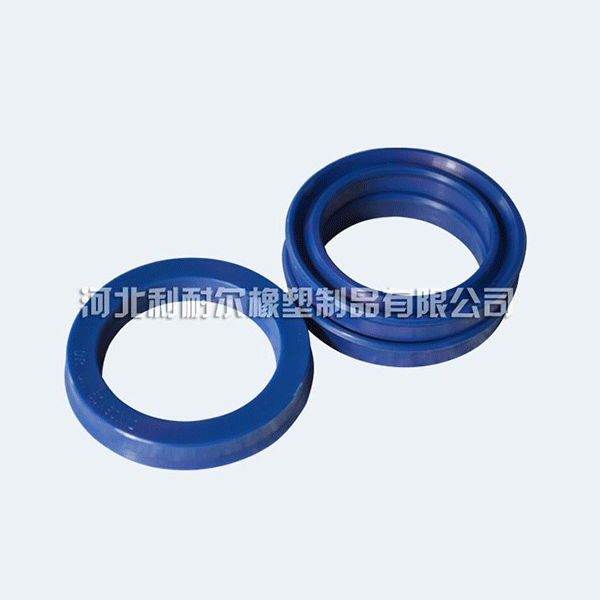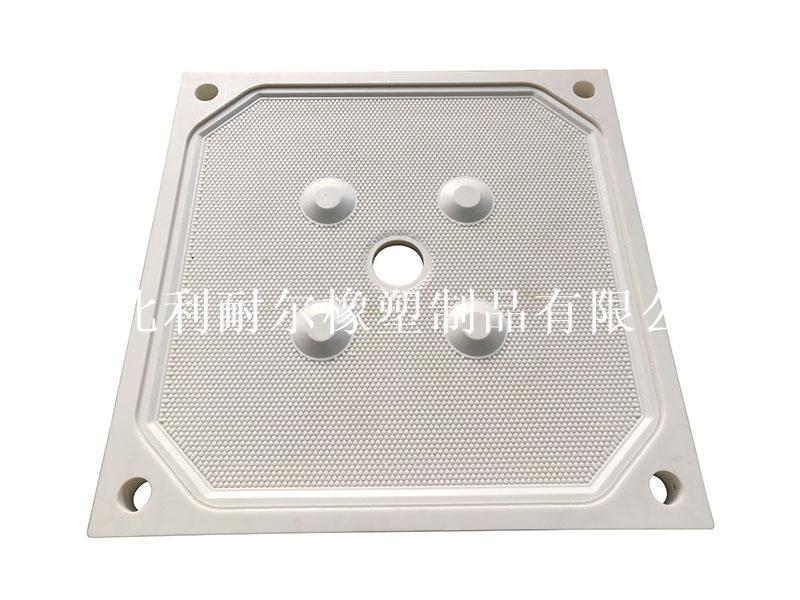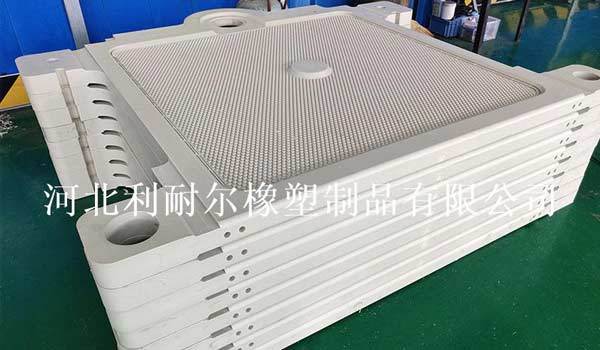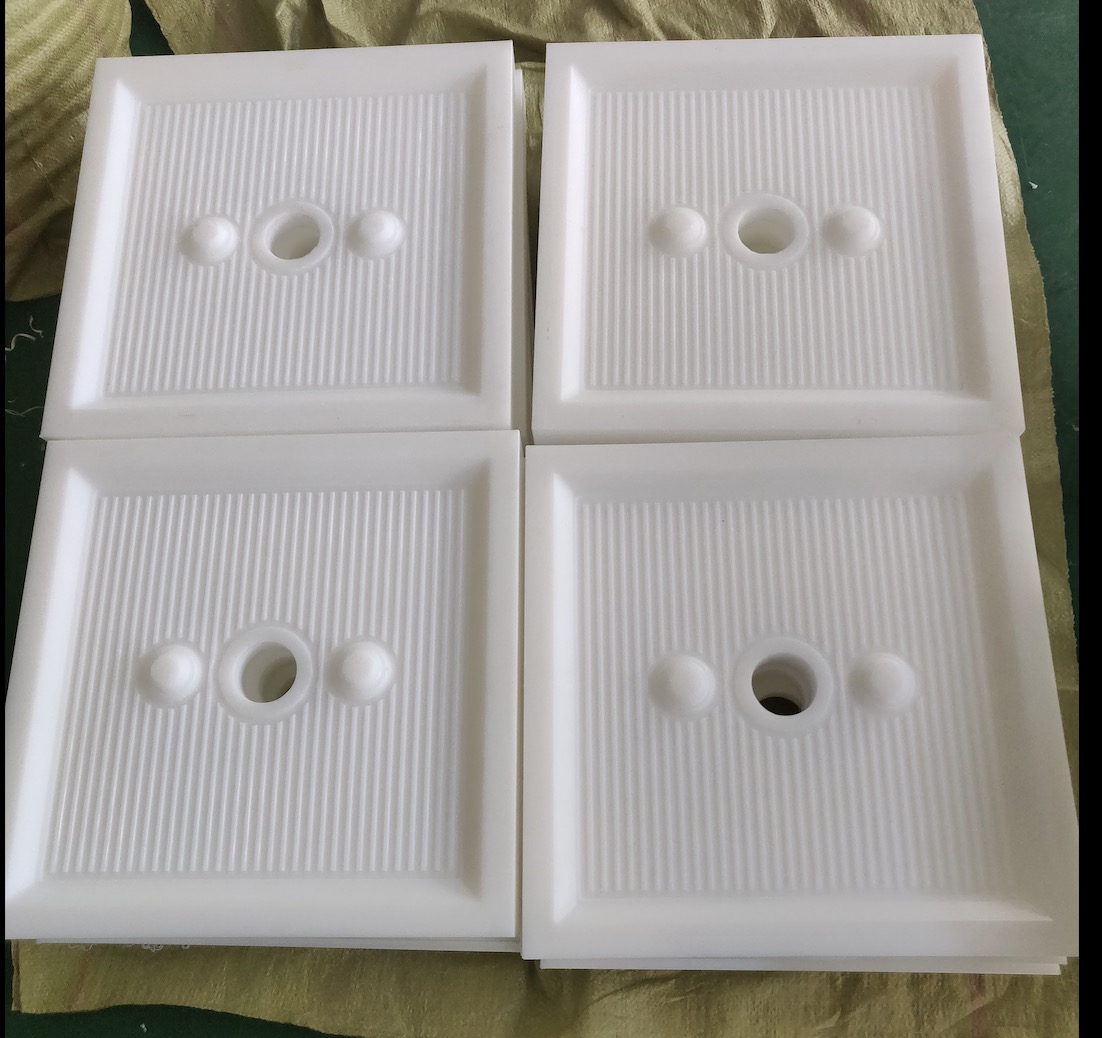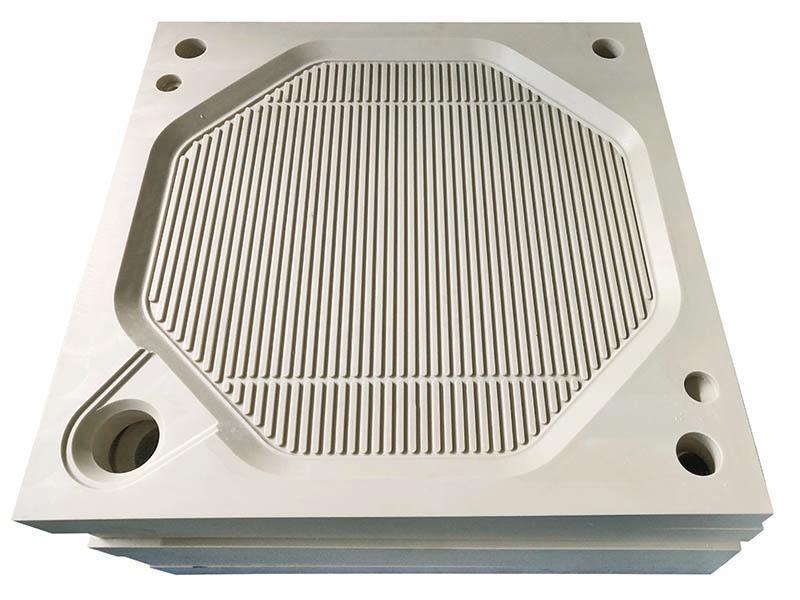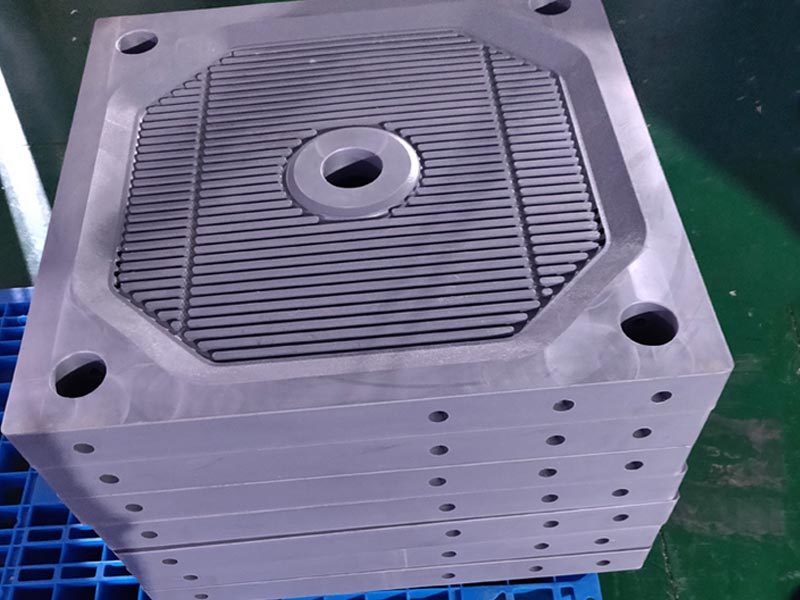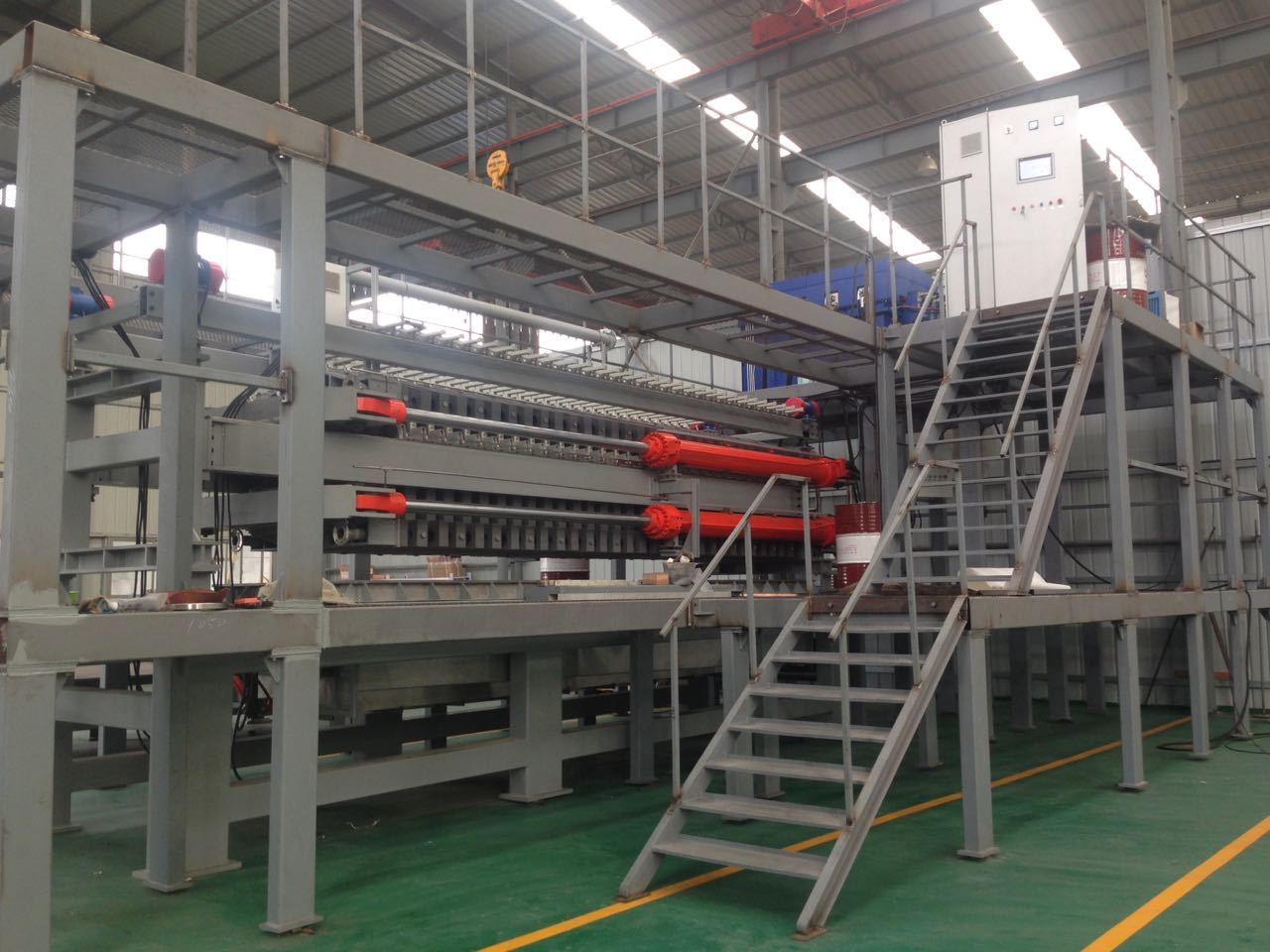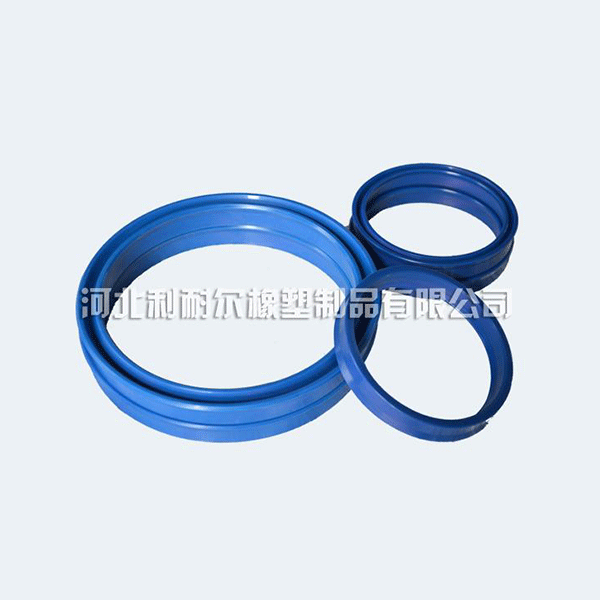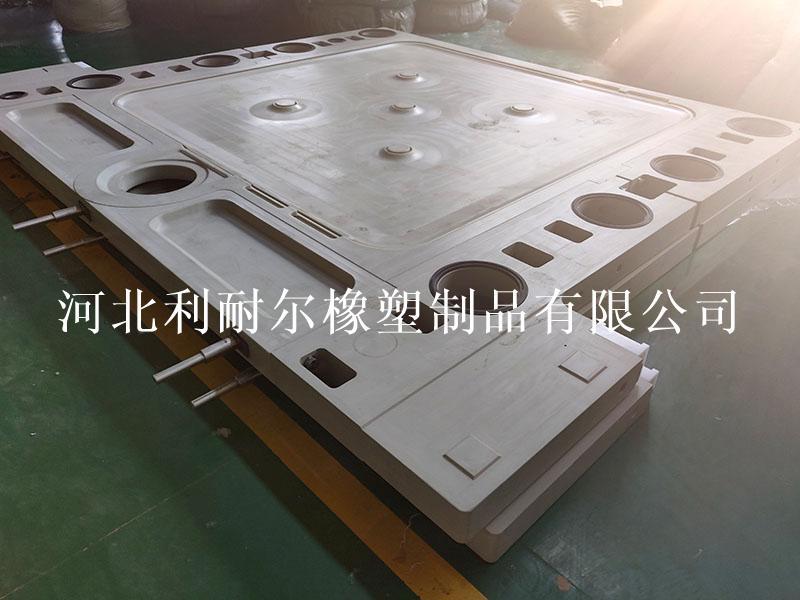How Diaphragm Plates Enhance the Efficiency of Plastic Products
Release time:
2025-03-15
How Diaphragm Plates Enhance the Efficiency of Plastic Products Introduction to Diaphragm Plates in the Plastics Industry Diaphragm plates play an integral role in modern plastic manufacturing processes, significantly enhancing efficiency and product quality. These components, often overlooked, are crucial in various applications, including molding, extrusion, and other plastic processing methods.
How Diaphragm Plates Enhance the Efficiency of Plastic Products
Introduction to Diaphragm Plates in the Plastics Industry
Diaphragm plates play an integral role in modern plastic manufacturing processes, significantly enhancing efficiency and product quality. These components, often overlooked, are crucial in various applications, including molding, extrusion, and other plastic processing methods. By understanding how diaphragm plates function and their benefits, manufacturers can optimize production and improve product performance.
Understanding Diaphragm Plates: Definition and Functionality
Diaphragm plates are engineered components that regulate and control the flow of materials during plastic production. Typically made from durable materials such as rubber, metal, or specialized polymers, these plates act as a barrier or membrane, adjusting the flow rate and pressure within systems.
The Mechanism Behind Diaphragm Plates
The mechanism of diaphragm plates involves their ability to flex and adapt to varying pressure levels, which enables them to maintain consistent material flow. This flexibility is essential in processes like extrusion, where precise control over the material is required for optimal results. The design of diaphragm plates allows for quick adaptations to changing conditions in the manufacturing environment.
Benefits of Utilizing Diaphragm Plates in Plastic Production
Incorporating diaphragm plates into plastic processing systems yields a multitude of benefits. Understanding these advantages can help manufacturers make informed decisions in their production strategies.
1. Enhanced Flow Control
Diaphragm plates provide superior flow regulation, ensuring that materials are distributed evenly throughout the production process. This control reduces defects and improves the overall quality of the final product.
2. Increased Efficiency and Productivity
By optimizing the flow of materials, diaphragm plates minimize downtime and waste during production. This efficiency translates to higher productivity rates, allowing manufacturers to meet demands promptly without compromising quality.
3. Improved Product Quality
The consistent pressure and flow control facilitated by diaphragm plates lead to uniformity in the physical properties of plastic products. This improves the mechanical characteristics of the end products, ensuring they meet industry standards and consumer expectations.
4. Versatility Across Applications
Diaphragm plates are adaptable for various applications, including injection molding, blow molding, and film extrusion. Their versatility makes them a valuable asset in a wide range of plastic manufacturing processes.
5. Cost-Effectiveness
By reducing material waste and enhancing production efficiency, diaphragm plates contribute to lower operational costs. This financial benefit makes them an attractive option for manufacturers looking to optimize their processes.
Applications of Diaphragm Plates in Plastic Manufacturing
The versatility of diaphragm plates allows them to be utilized in various sectors of the plastic industry. Below are some key applications where diaphragm plates prove invaluable.
1. Injection Molding
In injection molding, diaphragm plates ensure the accurate flow of molten plastic into molds, reducing cycle times and enhancing product consistency.
2. Extrusion Processes
During extrusion, diaphragm plates help maintain the viscosity of materials, allowing for smoother and more efficient processing. This results in higher quality extruded products.
3. Blow Molding
In blow molding applications, diaphragm plates regulate air pressure and material flow, ensuring even distribution and reducing the risk of defects in hollow plastic products.
4. Film Extrusion
For film extrusion, diaphragm plates assist in controlling the thickness and quality of the film produced, ensuring it meets the required specifications for various applications.
Choosing the Right Diaphragm Plate for Your Application
Selecting the appropriate diaphragm plate is critical for optimizing performance in plastic manufacturing. Several factors should be considered, including material compatibility, size, pressure ratings, and application-specific requirements.
1. Material Compatibility
The material of the diaphragm plate should be compatible with the type of plastics being processed. For instance, certain chemicals may degrade some polymers, affecting performance and durability.
2. Size and Thickness
Choosing the right size and thickness of the diaphragm plate ensures proper fit and functionality within the production system. An incorrectly sized plate can lead to inefficiencies and increased wear on machinery.
3. Pressure Ratings
Understanding the pressure ratings of diaphragm plates is essential to ensure they can handle the demands of specific applications. This consideration prevents failures and prolongs the lifespan of the component.
Maintenance Best Practices for Diaphragm Plates
Regular maintenance of diaphragm plates is crucial for sustaining their performance within plastic manufacturing processes. Implementing best practices can help avoid unplanned downtime and extend the lifespan of these components.
1. Regular Inspections
Conducting routine inspections of diaphragm plates for signs of wear or damage is essential. Early detection of issues can prevent costly failures and maintain production efficiency.
2. Proper Cleaning Techniques
Cleaning diaphragm plates using the recommended methods prevents the buildup of residues that can impair their functionality. Using appropriate cleaning agents specific to the material type ensures the integrity of the plates.
3. Documentation of Performance Metrics
Maintaining records of performance metrics can help identify trends in the lifespan and efficiency of diaphragm plates, allowing for proactive replacements and adjustments in usage.
Future Trends in Diaphragm Plate Technology
As the plastic manufacturing industry evolves, diaphragm plate technology continues to advance. New materials and designs are being developed to enhance efficiency and performance further.
1. Smart Diaphragm Plates
The integration of smart technology into diaphragm plates could allow for real-time monitoring and adjustments, optimizing performance based on immediate production needs.
2. Advanced Materials
Research into new materials could yield diaphragm plates with superior durability and resistance to chemical degradation, further enhancing their effectiveness in various applications.
FAQs on Diaphragm Plates in Plastic Manufacturing
1. What materials are diaphragm plates typically made from?
Diaphragm plates are commonly made from rubber, metal, or specialized polymers, tailored to the specific demands of the application.
2. How do diaphragm plates improve the efficiency of plastic production?
They regulate the flow and pressure of materials during production processes, leading to increased efficiency, reduced waste, and improved product quality.
3. Can diaphragm plates be used in all types of plastic manufacturing processes?
While diaphragm plates are versatile, their suitability depends on specific process requirements. They are widely used in injection molding, extrusion, and blow molding applications.
4. What are the signs that a diaphragm plate needs replacement?
Common signs include visible wear, loss of flexibility, or decreased performance in flow regulation. Regular inspections can aid in early detection.
5. How can I ensure the longevity of my diaphragm plates?
Implementing regular inspections, proper cleaning, and adhering to maintenance best practices can significantly extend the lifespan of diaphragm plates.
Conclusion
Diaphragm plates are essential components in the enhancement of efficiency within plastic manufacturing processes. By providing precise control over material flow and pressure, these plates not only improve product quality but also increase productivity and reduce operational costs. As technology progresses, the role of diaphragm plates will continue to evolve, bringing new opportunities for optimization in the plastics industry. Understanding the importance of diaphragm plates is critical for manufacturers aiming to stay competitive in a rapidly changing market.
Related News




















